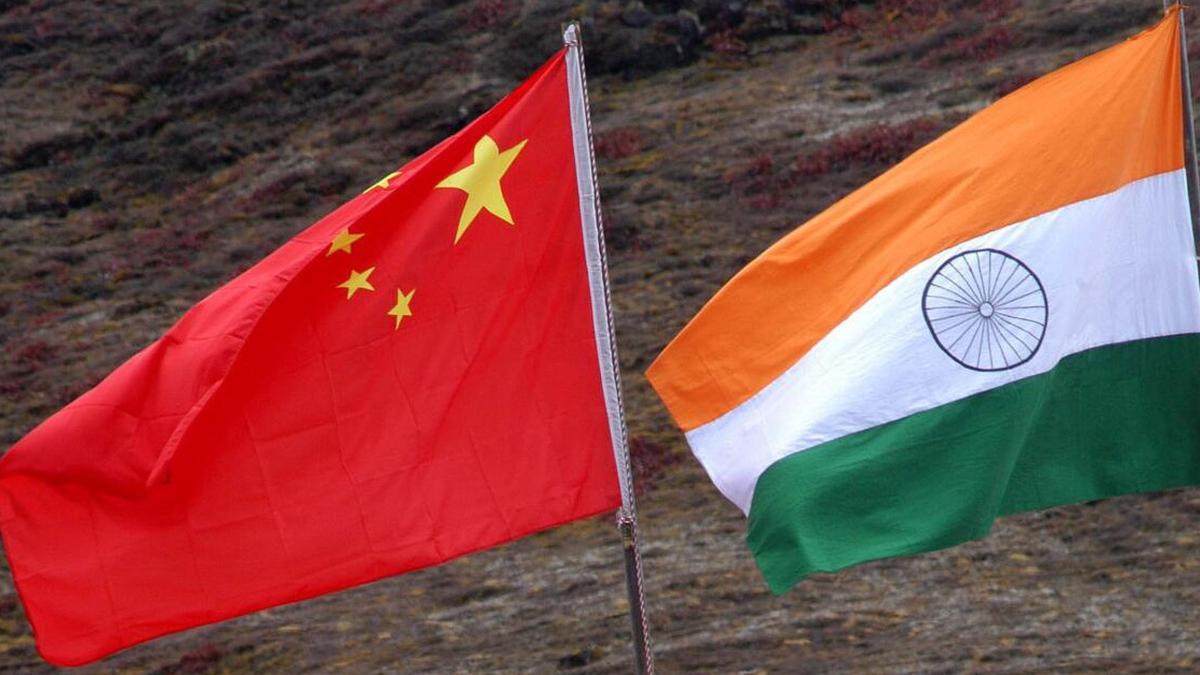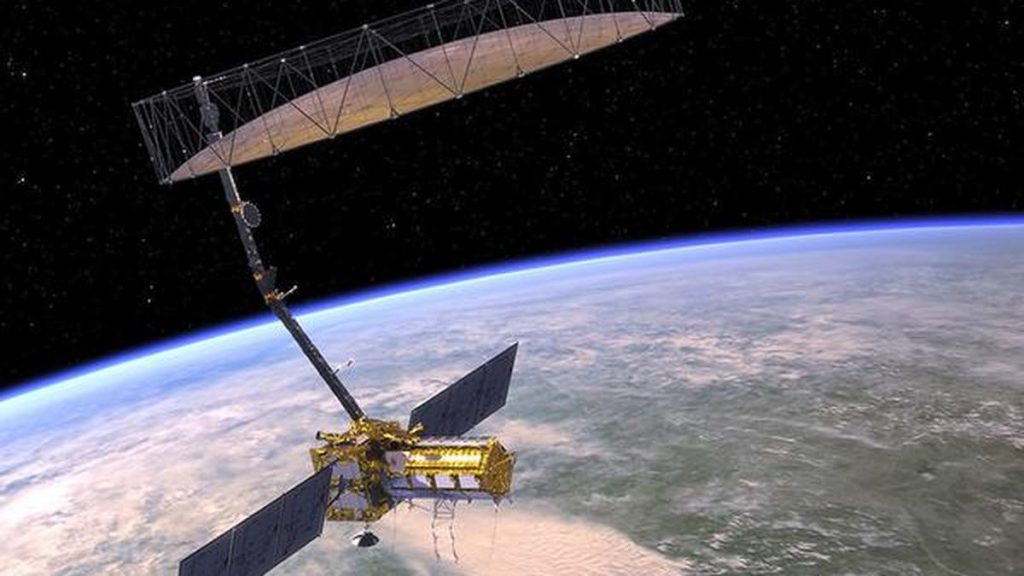Now Reading: India Resumes Visa Issuance for Chinese Tourists After 5 Years
-
01
India Resumes Visa Issuance for Chinese Tourists After 5 Years
India Resumes Visa Issuance for Chinese Tourists After 5 Years

Quick Summary
- India will begin issuing tourist visas to Chinese nationals after a five-year hiatus,per an announcement from the Indian Embassy in Beijing.
- The decision, welcomed as a “positive move” by China’s Ministry of Foreign Affairs, follows the disruption of ties caused by the 2020 Galwan clashes and LAC tensions.
- Tourist visa applications can be submitted online starting Thursday and processed at India’s Embassy in Beijing or consulates in Shanghai and Guangzhou.
- China previously resumed visa services for Indian students (2022) and later extended them to buisness and tourism categories; 85,000 visas were issued between January-June 2025. Until now, India had only issued business and student visas for chinese nationals post-pandemic.
- In 2019 pre-lockdown figures, over 300,000 Chinese tourists visited India; about 869,000 Indians traveled to China that year.
- High-level talks between both nations have been ongoing since Prime Minister Modi met President Xi Jinping last October to normalize ties. External Affairs Minister S. Jaishankar also visited China this July for further engagement on bilateral issues.
- Both nations are working toward the resumption of direct flights amid other confidence-building measures like talks on reviving the Kailash Manasarovar Yatra ahead of PM Modi’s visit for the SCO Summit end-August.
- Separately, China dismissed concerns from India and Bangladesh over its construction of a massive hydropower project on Tibet’s Yarlung Sangpo River (Brahmaputra).The medog Hydropower station is expected to generate 60,000 MW once completed.
Read more: The Hindu
Indian Opinion Analysis
The resumption of tourist visas signals incremental yet significant progress in repairing strained relations between India and China after years of conflict at various fronts-military standoffs at borders and also pandemic-induced travel restrictions severely hampering exchanges between citizens. While this decision aligns with broader bilateral efforts spearheaded through high-level discussions since late 2022-including cooperation on pilgrimages-it remains uncertain how effective these trust-building measures will be against deeper structural challenges like border disputes or resource management over transboundary rivers.Equally important is India’s expressed concern regarding China’s hydropower ambitions on shared waterways like Brahmaputra/Yarlung Sangpo-a recurring sore point that risks environmental ramifications downstream while testing diplomatic resolve among neighboring states including Bangladesh. balancing aspirations for mutual benefit with safeguarding national interests will likely remain central to long-term normalization attempts moving forward into upcoming summits or collaborations.





















